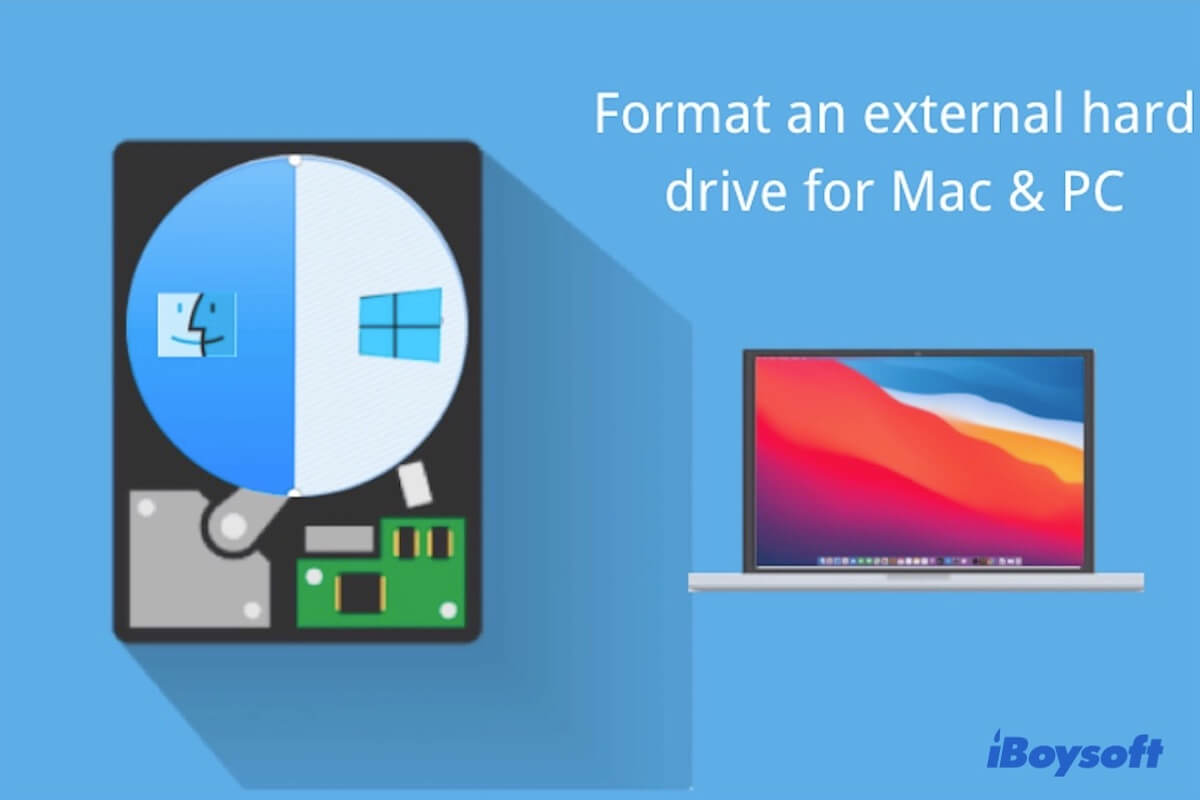

- FORMAT DISC FOR MAC AND WINDOWS HOW TO
- FORMAT DISC FOR MAC AND WINDOWS MAC OS
- FORMAT DISC FOR MAC AND WINDOWS INSTALL
- FORMAT DISC FOR MAC AND WINDOWS DRIVERS
If you need compatibility with systems that are older than this, you’ll need to fall back to the ancient FAT32 format. In most cases we recommend you select Microsoft’s exFAT format: this will give you full read and write access in both Windows (Vista or later) and OS X (Snow Leopard 10.6.5 or later). You can choose this from the drop-down menu in Windows’ Format dialogue, or in the Erase pane of Disk Utility. To use your USB disk on both Windows and OS X, therefore, you’ll need to use a different filesystem.
FORMAT DISC FOR MAC AND WINDOWS DRIVERS
There are free drivers available, but again these are limited to read-only access. However, neither is suitable if you want to move files back and forth between Macs and PCs: OS X can read NTFS volumes, but it can’t write to them, while Windows in its default configuration can’t access HFS+ disks at all. These formats are sensible defaults because they support all the features of their respective operating systems, such as native compression and encryption.
FORMAT DISC FOR MAC AND WINDOWS MAC OS
Learn more.If you follow the instructions above then Windows will, by default, format your disk using Microsoft’s NTFS filesystem, while a Mac might suggest the Mac OS Extended filesystem. This doesn't affect our editorial independence.

Note: We may earn a commission when you buy through links on our site, at no extra cost to you. The copy process will begin and, when complete, you'll be able to open the files in Windows. Note that you can't create a new folder at this point, so you'll have to choose an existing one. Browse to a folder on your local hard disk (or a different external drive) and click Extract here. In order to copy files to your laptop or PC's hard disk, select the ones you want and click the Extract button. When you've selected the right disk, you should see its contents displayed in a Windows Explorer-like tree structure. If your USB disk has more than one partition, you'll need to choose the one where the files you want are stored. If you have only one hard disk inside your PC or laptop, it's likely that your USB drive will appear as Harddisk1/Partition1, but it may be Harddisk2/Partition1. The next step is to select the hard disk by clicking File > Load file system from device. You'll end up with a new program in your Start menu: HFSExplorer.Ĭonnect your hard drive and, if appropriate, the power supply. Run HFSExplorer and ignore any message that a DLL file is missing.
FORMAT DISC FOR MAC AND WINDOWS INSTALL
Install the program using the default settings. Make sure you download the Windows Installer, as this comes with the necessary Java SE Runtime Environment. It supports HFS, HFS+ and HFSX file systems.
FORMAT DISC FOR MAC AND WINDOWS HOW TO
How to read files from an HFS+ hard drive in Windowsįirst, download HFSExplorer. The bad news is that there are no free apps which will let you connect an APFS-formatted drive to Windows and read the contents for free.īut if your drive is formatted with the older HFS, then you can read it in Windows without spending any money. Paragon also has HFS+ for Windows which can read and write to HFS-formatted drives. Now, the good news is that you can get a variety of apps including Paragon APFS (£43.99 / $49.95) or MacDrive (£35 / $49.99) which will read and write drives formatted with APFS. And there's a remote possibility your portable drive uses exFAT or FAT32 which both operating systems can read. However, if you have an portable hard drive for your Mac, it can be tricky to share it with a Windows device as it's likely to be using Apple's HFS+ or the latest APFS file system, neither of which Windows supports natively.Īpple introduced NTFS support in OS X Leopard so you can share a Windows drive with your Mac easily enough. Most file types work on both platforms, and both will talk to each other across a network. In general, Macs and PCs play fairly nicely together.


 0 kommentar(er)
0 kommentar(er)
